Few people have impacted the world of bushcraft and survival as much as Canadian legend Mors Kochanski (pronounced koe-hahn-skee).
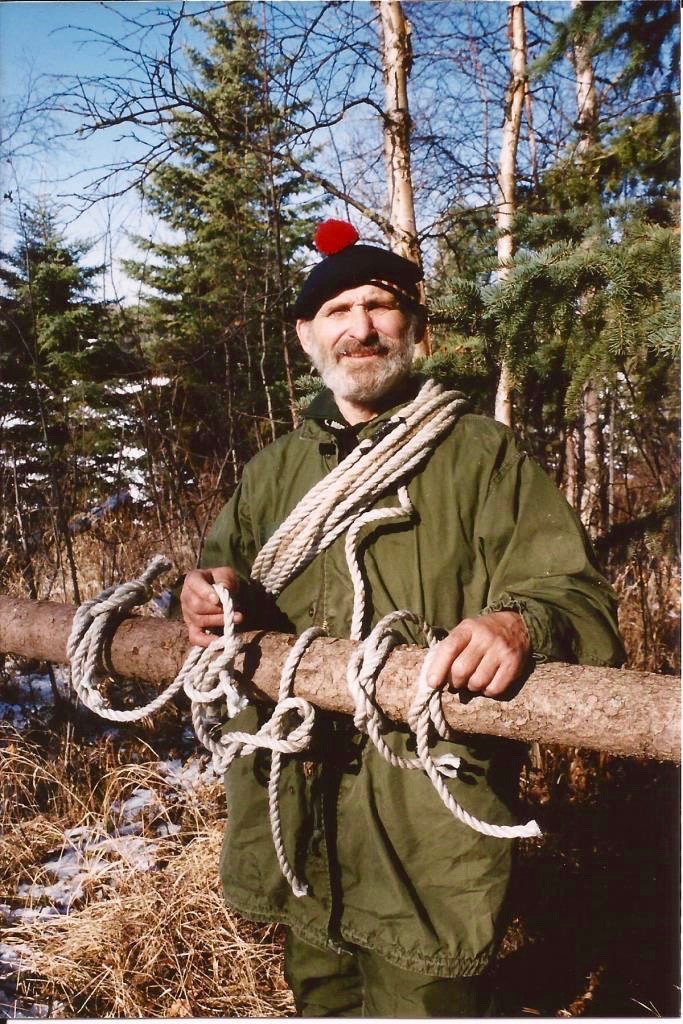
While the Kochanskis were originally from Poland, by 1938, Mors’ parents understood it was time to leave Europe.
Things were rapidly changing for the worse, and so they packed their bags and headed to the middle of nowhere, Canada. Mors would be born in Canada two years later.
A Hillbilly Changes the World
Raised on an isolated farm in the middle of the wilderness, Mors lived in a home without electricity until he was 10 years old.
He walked several miles to school each day across the backcountry, spending his free time foraging for mushrooms with his mother and trapping and tanning weasels and squirrels with his brother.
When he came of age, he finally enlisted in the Royal Canadian Navy.
It was this background combined with his avid love of books (his home library would later contain an estimated 300,000 volumes) that led to his passion for everything “outdoors” — in particular, what he would later dub to be “bushcraft.”
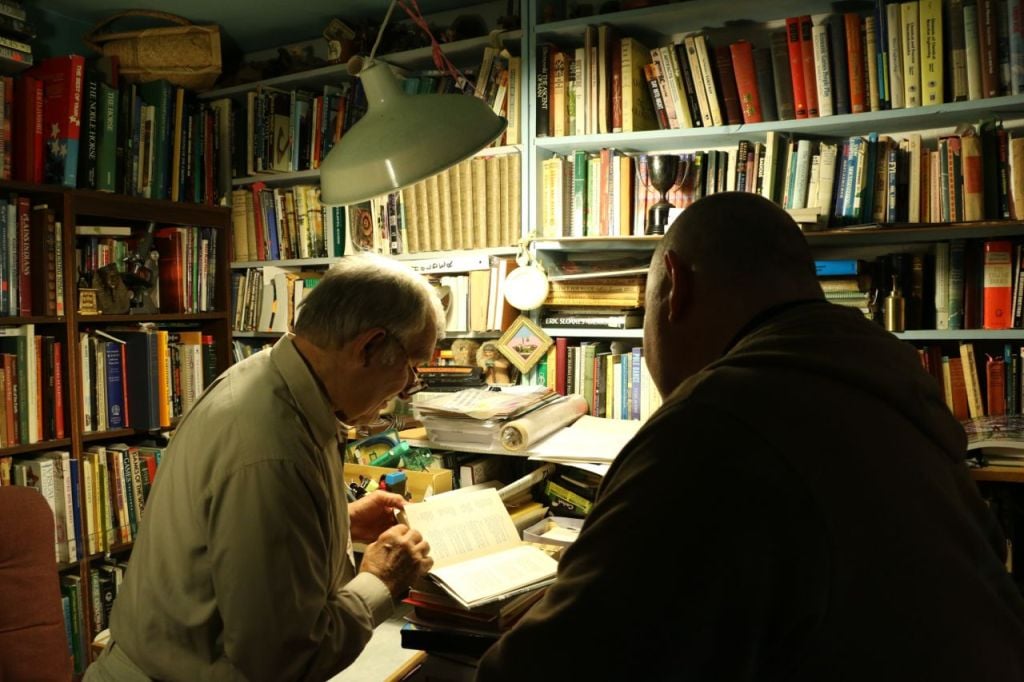
Kochanski’s career kicked off when he was 32 years old as he began a professorship at the University of Alberta as an outdoor instructor.
This experience, combined with his working with Karamat, a bushcraft/survival skills course business, led to his completely revolutionizing the world of bushcraft and passing on his skills to countless people across the globe.
New Thoughts on an Old Subject
One of the ways that Mors brought about this change was through the new techniques that he brought to the field.
Despite humans across the globe having lived in primitive conditions since the time of cavemen, Mors still discovered better ways to protect one’s self in a survival situation.
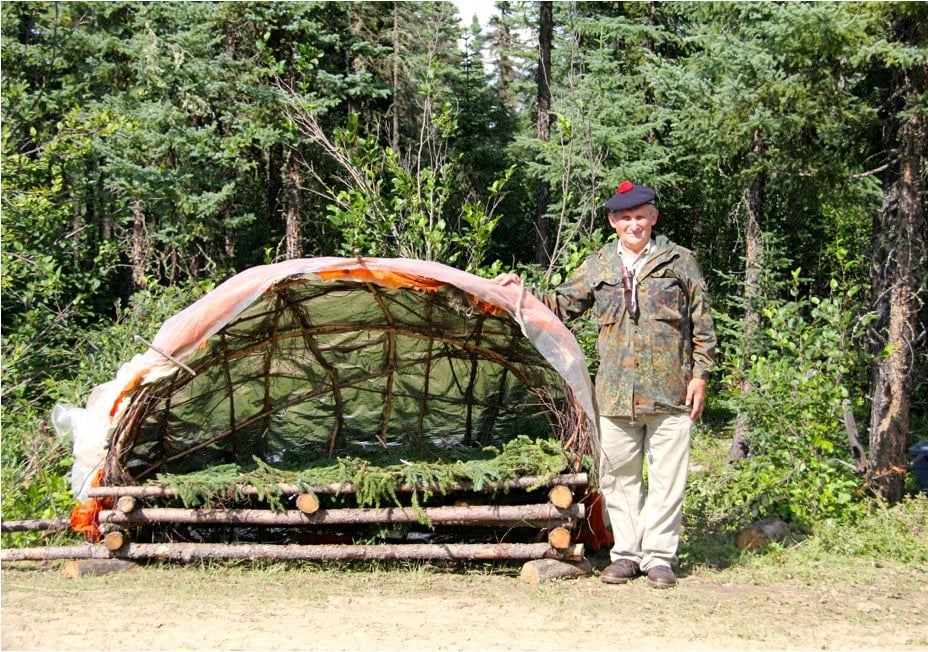
The Super Shelter, deluxe bush bed, flip flop winch, and the hypothermia finger test were all just some of the new inventions that Mors brought to the field of bushcraft.
His work was so game-changing that soldiers from Sweden, Canada, the United Kingdom, and America were sent to study with him so that they could bring his techniques back home.
His influence wasn’t just limited to his new inventions; it also included his new way of doing things and the gear he popularized.
Mors brought Mora knives to North America and popularized the idea of carrying one’s knife around their neck.
He also believed that full-sized tools, like axes and saws, were needed to survive winter conditions rather than the ultralight gear that backpackers typically carry.
Prices accurate at time of writing
Prices accurate at time of writing
-
25% off all OAKLEY products - OAKLEY25
Copied! Visit Merchant
Specializing in winter survival in deciduous forests, Mors knew that these environments created a race against the clock when it came to hypothermia.
He argued that carrying full-sized tools was one’s best bet of stacking the odds in his favor.
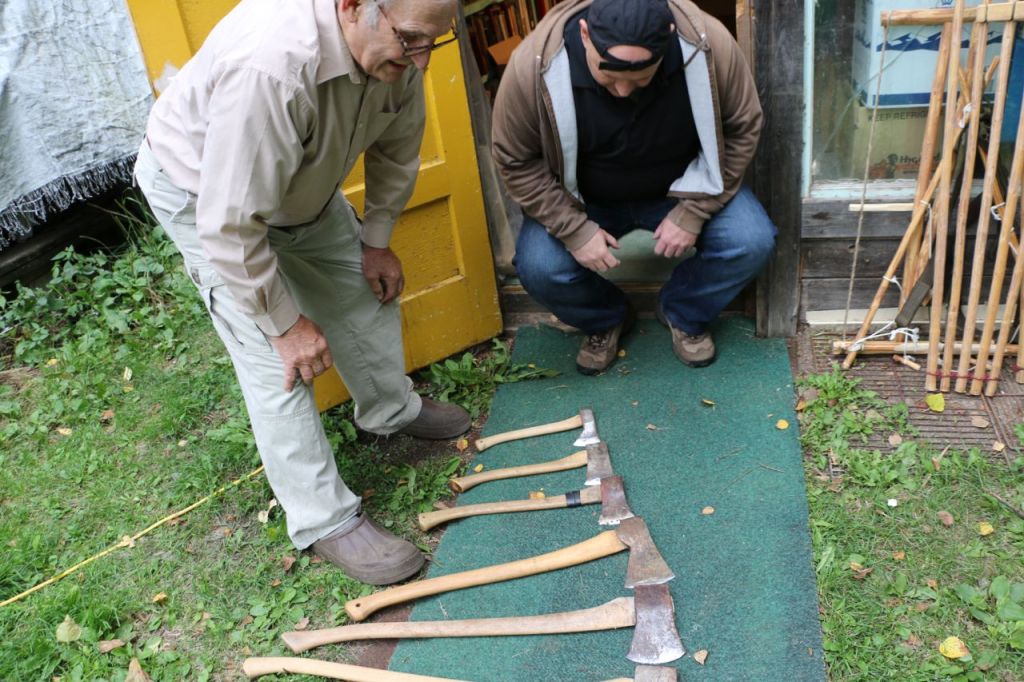
A Lasting Legacy
One of the primary methods Mors used to spread his ideas was writing. While he was a prolific author of survival pamphlets previously, it was his 1988 text, Bushcraft, that came to be widely considered the best book on the subject ever written.
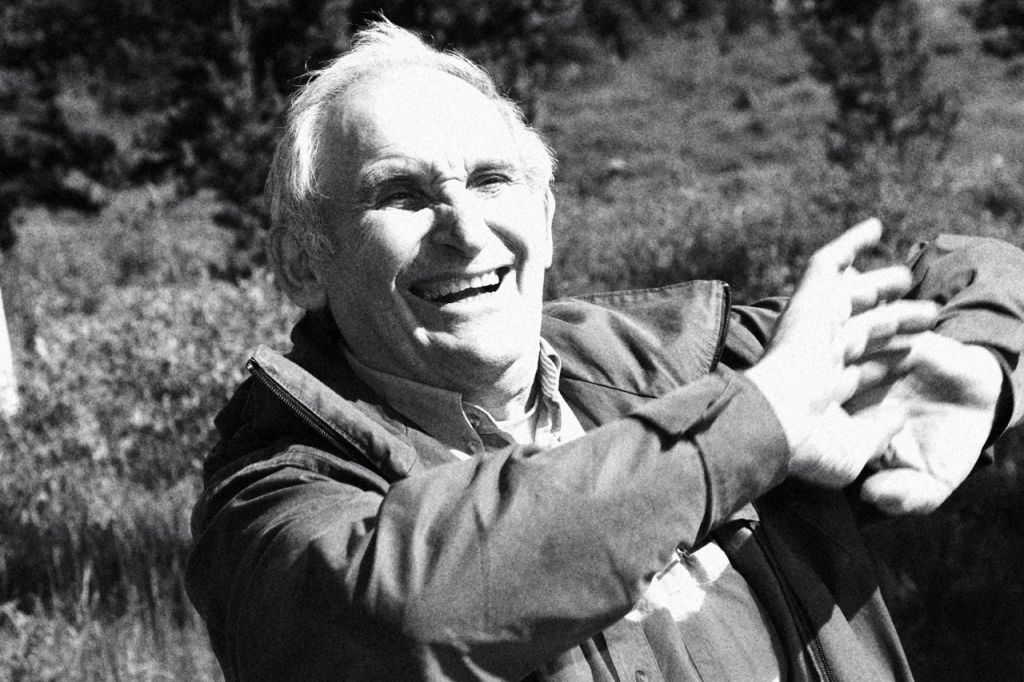
Mors passed away on December 5, 2019, at the age of 79. He left behind a lifetime of knowledge that is invaluable to this day.
This is a new style of article for Pew Pew Tactical, if you liked it — let us know in the comments! If you didn’t enjoy it…well phooey. To catch up on previous Pictures from History, click on over to our History Category.

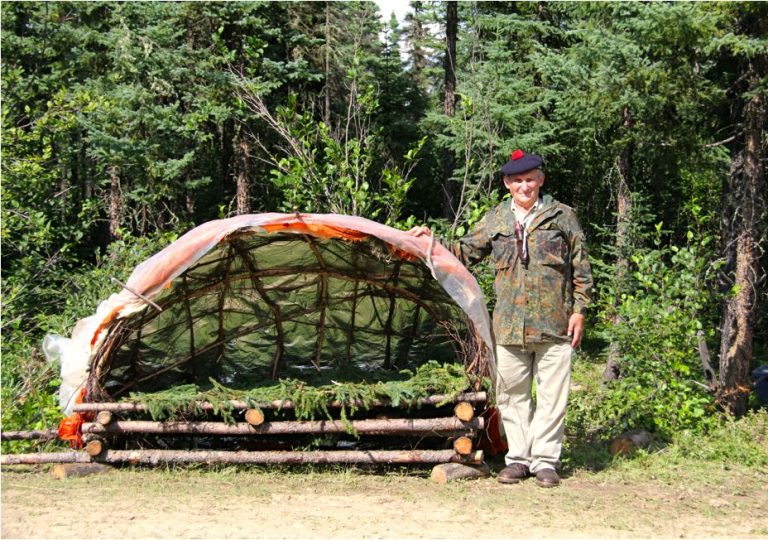








10 Leave a Reply
'The Father of Bushcraft' ? No I think that claim is a bit of a stretch... There are a Lot of people who were practicing (and writing about) bushcraft long before Mors was born, though they probably weren't using the term 'Bushcraft'. In fact the term "Bushcraft" is often acknowledged as having originated in Australia (look up 10 Little "Bushcraft" Books by Richard Graves, first published when Mors was still a young child). Moreover many countries have a rich history of literature on the topic that precedes both authors (even the Boy Scouts go back as far as 1908 in the UK and 1910 in the US). Granted Mors was a significant authority on the topic and his book is a valuable resource but he is far from being 'The Father of Bushcraft'.
Great article and topic. I spent many, many days and nights in the wild in every season. Survived a blizzard and white out at 14,000 feet and slept in snow caves. Mors book is a "must read."
Loved the article. Keep publishing. Maybe print select sections from Mors book.
Good. Informative article. Keep 'em coming!
Good article Aden. When I was with the Dept. of Interior in the 80s, we were given Survival Training due to the hazards of the job. That's when we were given brief introduction to Mr. Kochanski's Bushcraft skills. The Jumpers got quite more in depth Training, but even us ground flunkies needed some skills in case we were separated from our teams. He certainly lived an interesting life, and passed his knowledge on, which was a huge contribution to the Art and Science of Survival.
I used to have a copy of his book, "Bushcraft," but at some point it was loaned out and never returned. I need to add picking up another copy of his book to my list of "Needs."
Great article! Keep up the good work.
Again, thanks. Despite years of researching various 'survival' topics, Mr. Kochanski's work and legacy is new to me. I think there's enough room left on the bookshelf for Bushcraft...
Great article! More please!
What an amazing article about Mors. I never knew he was instrumental in bringing Mora knives to North America- fantastic tools.
Thx, Aden.
Many of us are gonna want this first: Bushcraft: Outdoor Skills and Wilderness Survival, by Mors Kochanski
His influence with knife makers was apparent as a few in the 80s offered neck knives when nobody was even considering it. I bought a Blackie Collins Buddy System that was secure and locked in well. Small but useful shape. Most neck knives after than got tactically ridiculous but as time went by they became serious tools and comfortable too.
The flip flop winch popped up in some of my early reading on extraction - Jeeps seem to invite it and Cherokees no less than others. While slower than electric, when you don't have it or can't hook it up that way (fixed mounts are fixed) then knowing is half the battle.
A lot of bushcraft fans look back to Horace Kephart yet Mors is now the modern and of course rediscovered expert many may have known about yet quite a few of us missed it for some reason. Probably because we were just toughing it out and didn't know better.